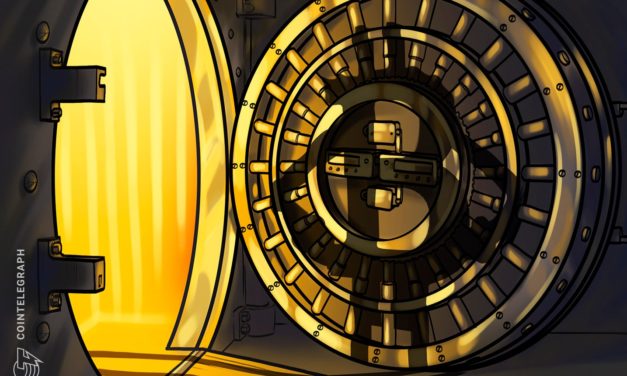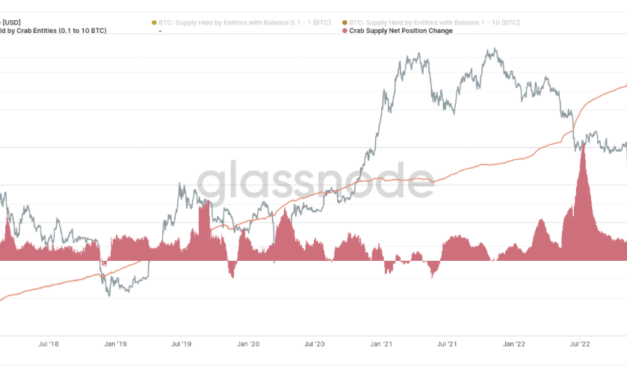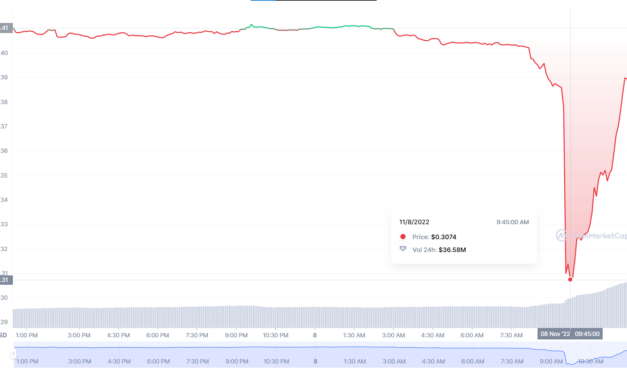BTC hodlers outperformed crypto funds by 69% in H1: 21e6 Capital
21e6 Capital AG stated that crypto funds generally outperformed the price gains of BTC in previous bull runs, but ultimately suffered this year from having too much cash on hand and playing it safe.
Čítaj viac














